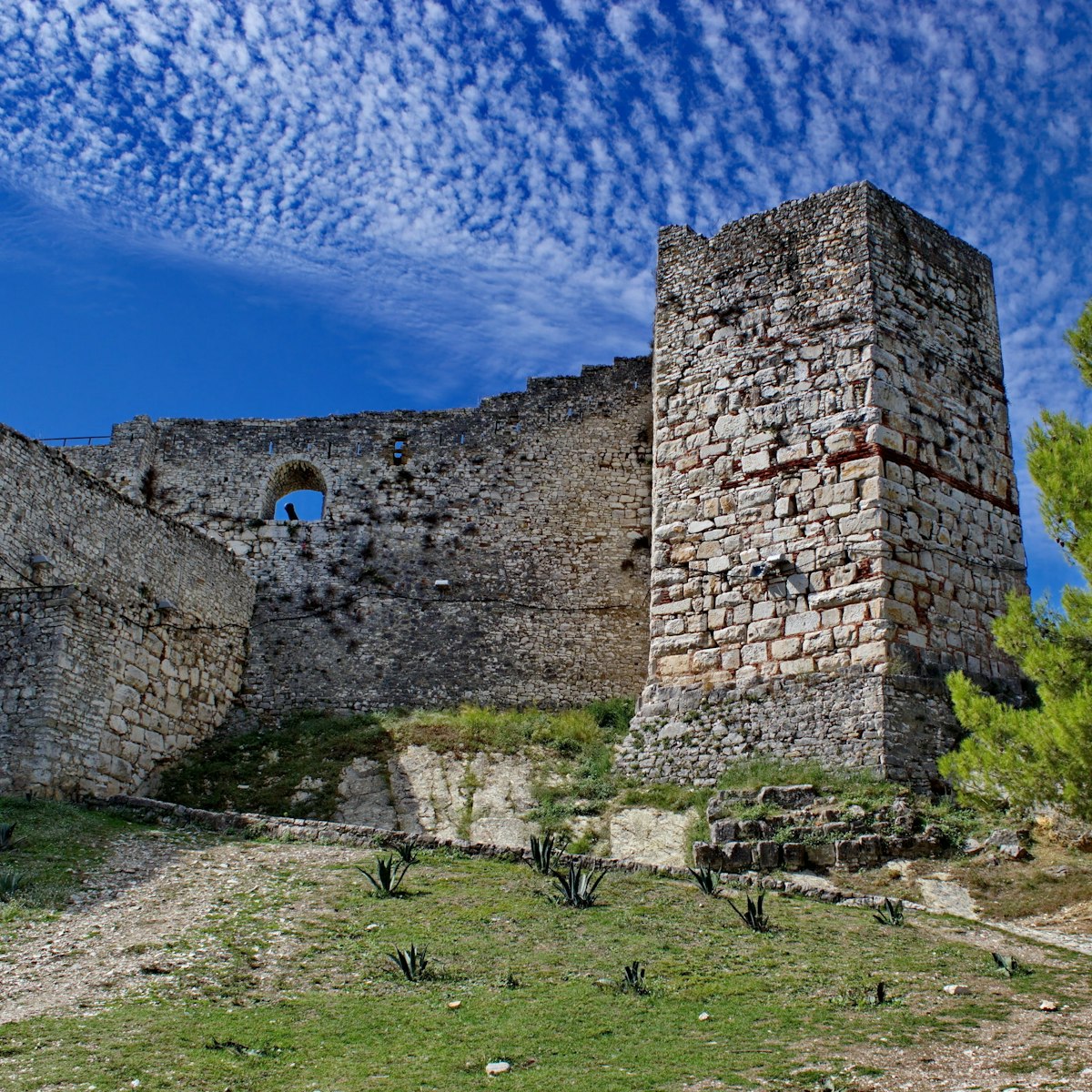
Berat
Hidden behind the crumbling walls of the fortress that crowns the hill above Berat is the whitewashed, village-like neighbourhood of Kala; if you walk…

Berat
Hidden behind the crumbling walls of the fortress that crowns the hill above Berat is the whitewashed, village-like neighbourhood of Kala; if you walk…

Berat
The Onufri Museum is situated in the Kala quarter's biggest church, the Church of the Dormition of St Mary (Kisha Fjetja e Shën Mërisë). The church itself…

Berat
Down in the traditionally Muslim Mangalem quarter, there are three grand mosques: the Sultan's Mosque, the Lead Mosque and the Bachelors' Mosque. All are…

Berat
They might be fairly small, but these waterfalls, which from a distance appear to disappear in and out of the rocks, have a rare beauty and make for a…

Berat
Just off the steep hillside that leads up to Berat's castle is this excellent museum, which is housed in a beautiful 18th-century Ottoman house that's as…

Berat
The 16th-century Sultan's Mosque is one of the oldest in Albania. The Helveti teqe (a place of worship for those practising the Bektashi branch of Islam)…

Berat
Perched on a cliff ledge below the castle is the artfully positioned 14th-century chapel of St Michael, best viewed from the Gorica quarter across the…

Berat
The substantial and picturesque Church of the Holy Trinity sits below the upper fortress. Of all the churches within the fortress walls, it's the best…

Berat
The 19th-century Bachelors' Mosque is down by the Osumi River. It was built for unmarried shop assistants and junior craftsmen, and is perched between…

Berat
The Orthodox church of St Theodore, close to the fortress gates, is normally closed, but if you are granted access, you'll discover some wonderful wall…

Berat
The small chapel of St Mary Blachernae, which dates from the 13th century and contains some 16th-century wall murals, is unfortunately normally kept…

Berat
The big mosque just off the town square is the 16th-century Lead Mosque, so named because of the lead coating its sphere-shaped dome.

Berat
The Red Mosque, by the southern Kala walls, was the first mosque in Berat and dates back to the 15th century.
